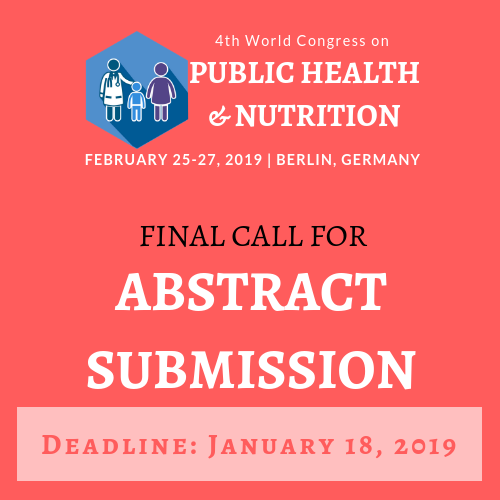
Vikas Bhatia
AIIMS Bhubaneswar | India
Title: Campaign to reduce prevalence of anaemia in eastern India
Biography
Biography: Vikas Bhatia
Abstract
The estrogen receptor alpha (ERα) gene has been extensively studied in breast cancer, however, the function as well as regulation of its splice variants are poorly understood. During our study of HMGA1a (formerly termed HMGI), which is known as a DNA-binding transcription factor, we found it regulates alternative splicing of ERα pre-mRNA as a sequencespecific RNA-binding protein.We searched for HMGA1a RNA-binding sites we previously identified (1,2) and found one in ERα exon 1. HMGA1a binds to this sequence (detected by RNA-EMSA) that resulted in a splicing switch of two alternatively spliced isoforms, ERα66 (full length) and ERα46 (truncated). ERα46 is known to inhibit AF-1 activity of ERα66. Psoralenmediated UV crosslinking showed HMGA1a anchored U1 snRNP to the adjacent pseudo-5’ splice site. MCF-7 cells transfected with expression plasmids of HMGA1a and its RNA-decoy could induce and repress ERα46 expression, respectively. The in vivo effect of the HMGA1a RNA-decoy were checked by transplanting its stable transfectants into nude mice, showing that they increased estrogen-dependent proliferation. In tamoxifen-resistant MCF-7 TAMR1 cells, the HMGA1a RNA-decoy improved tamoxifen-responsiveness by inhibiting estrogen-dependent cell proliferation. We conclude that this HMGA1a RNA-decoy would be implicated in novel therapeutic application to improve tamoxifen effectiveness in breast cancer patients.

